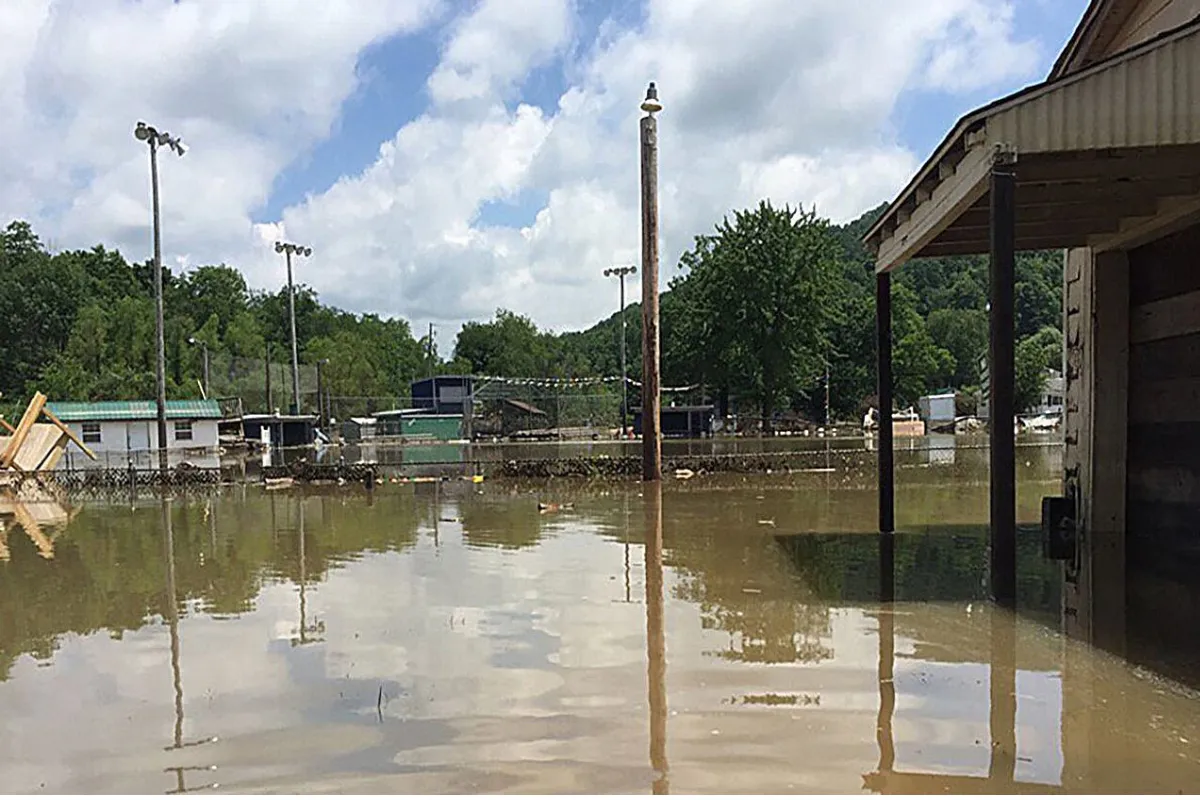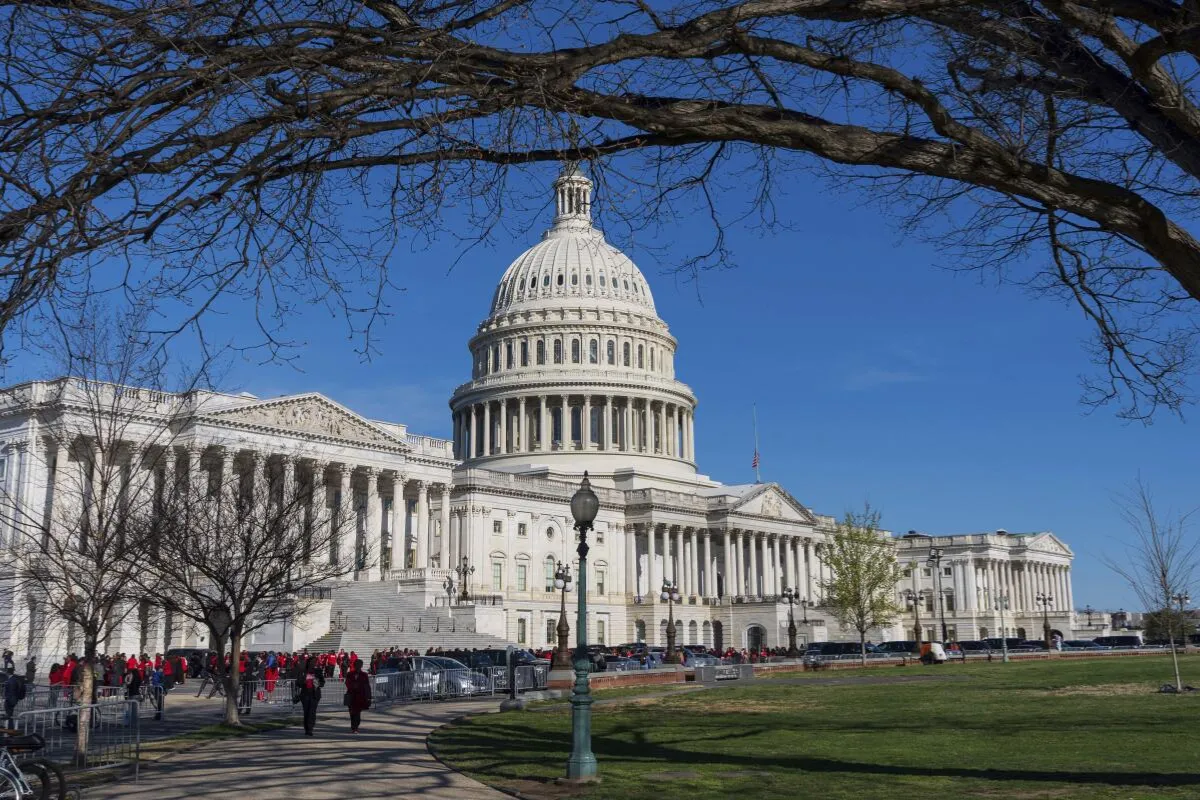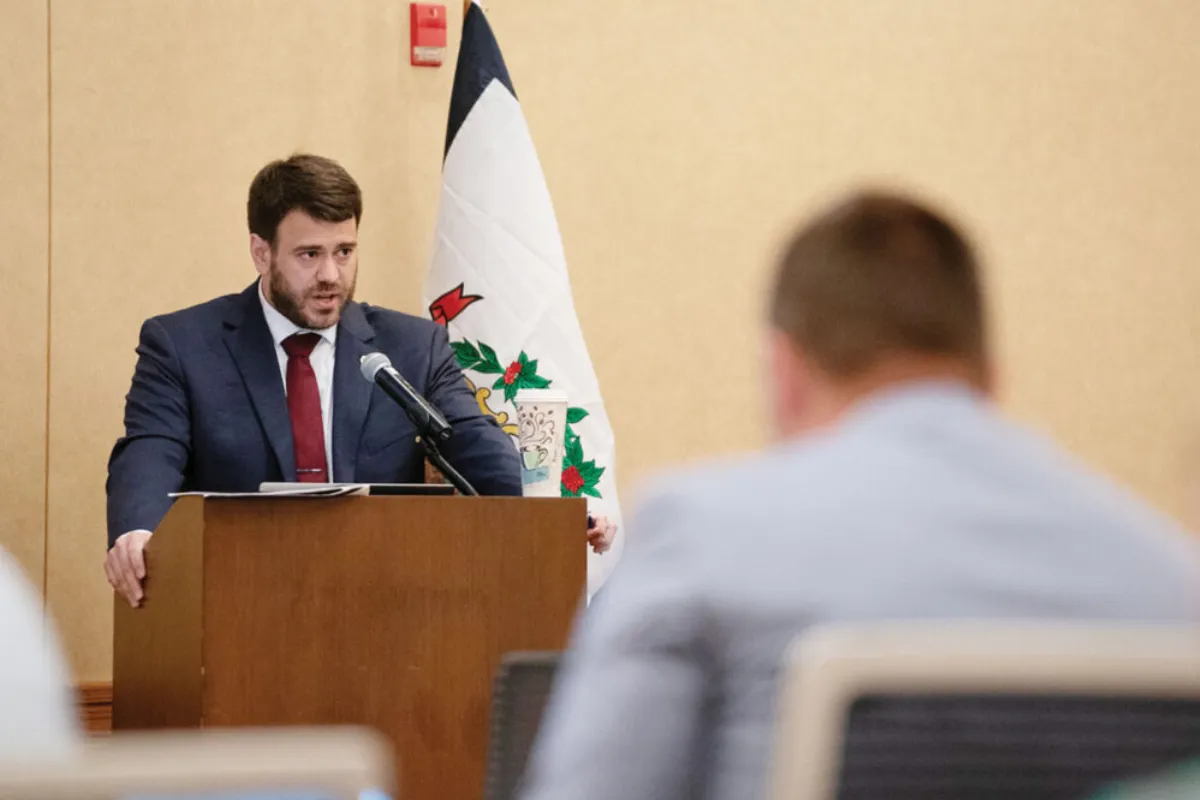The other evening, I stepped outside after dinner to tend to my tomato plants. What should have been a few peaceful minutes quickly turned into a frustrating battle with mosquitoes.
I swatted and scratched my way back inside, not alone in my misery. This scenario has become more common for many of us in the Mid-Ohio Valley — and it’s not just a seasonal nuisance. It’s a sign of something deeper.
As someone who studies pest management and teaches environmental science, I can tell you with confidence: the surge in mosquito activity isn’t just a matter of bad luck. It’s one of the clearest local effects of climate change we’re experiencing in real time.
Why Mosquitoes Are Thriving Now
Mosquitoes are highly responsive to environmental conditions, particularly temperature and moisture. Warmer weather accelerates their life cycle, meaning a mosquito can now go from egg to adult in a matter of days. That faster turnaround means larger populations, earlier in the season, and for a longer stretch of the year.
Warmer winters have also led to more mosquitoes surviving through the colder months — a time when hard freezes once kept their numbers in check. In some parts of the U.S., mosquito populations now persist year-round or return much earlier in the spring.
On top of that, climate change is making storms more frequent and intense. Heavy rainfall leaves behind puddles, clogged gutters, and water-filled containers — all of which become ideal breeding sites. Even drought conditions, which might seem like they’d help, can actually promote stagnant water, perfect for some mosquito species.
From Bites to Bigger Problems
What does all this mean for our health? Mosquitoes aren’t just annoying — they carry viruses that pose serious risks.
West Nile virus has become the most widespread mosquito-borne disease in the continental U.S., and outbreaks of dengue fever have been reported in Florida and Texas. Once seen only in tropical regions, diseases like chikungunya and Zika are now real concerns in our southern states.
These illnesses can cause anything from fevers and joint pain to long-term fatigue and serious complications. Not every case gets reported, but the impact on families and healthcare systems can be significant.
Everyday Life Is Being Disrupted
Climate change often feels abstract — melting glaciers, sea level rise, or heat records on the news. But here in the Mid-Ohio Valley, its effects are hitting close to home.
It’s the difference between enjoying a quiet summer evening on your porch or heading inside covered in bites. It’s whether your local government has the resources to manage mosquito control after a wet season.
We can all take small steps: emptying water from buckets, checking our gutters, and keeping our yards clean. But mosquito control isn’t just a personal issue — it’s a public one. It requires investment in public health systems, effective surveillance, and, most importantly, a commitment to addressing the root cause: climate change.
The Message in the Mosquito Buzz
After decades of studying pests, I’ve learned that they often serve as warning signs. Their behavior reveals what’s happening in our environment — and in this case, mosquitoes are ringing the alarm bell.
Their growing presence is a signal that our world is warming and changing in ways that directly impact our health and daily lives.
So the next time you hear that annoying buzz in your ear, take it seriously. It’s more than a nuisance — it’s nature telling us something needs to change. And it’s up to us to listen.
















